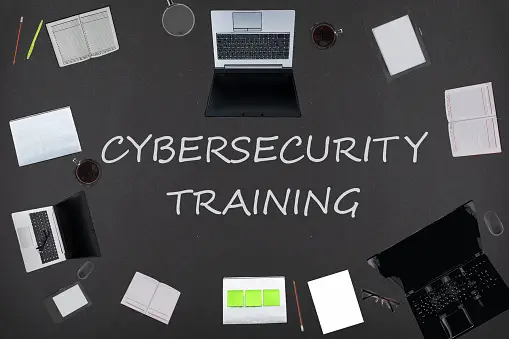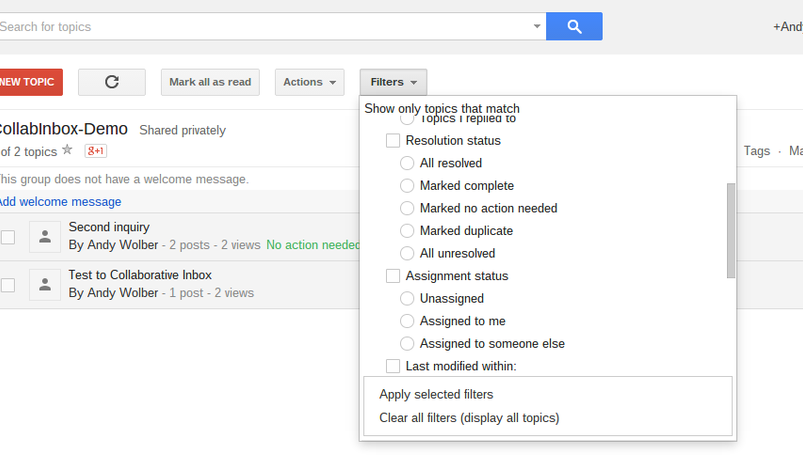Protecting Your Organization: Social Engineering Awareness Training

In cybersecurity, where digital threats lurk around every corner, social engineering remains a potent danger to organizations worldwide. These attacks capitalize on human vulnerabilities, utilizing psychological strategies to trick individuals into divulging confidential information or compromising security measures.
With businesses increasingly depending on interconnected systems and multi cloud environments, ensuring robust security measures and employee awareness has become more crucial than ever. Social engineering awareness training is essential for safeguarding organizations. By educating employees about attackers’ tactics and fostering vigilance, businesses can strengthen defences against cyber threats.
Understanding the Threat of Social Engineering:
Social engineering involves deceptive strategies employed by cybercriminals to manipulate human behavior and illicitly access sensitive information or systems. These attacks manifest in different forms, such as phishing, pretexting, baiting, and tailgating. Phishing entails sending deceptive emails or messages as trustworthy sources, enticing recipients to divulge confidential information or interact with malicious links. Pretexting, on the other hand, involves impersonating trusted individuals to elicit sensitive details through deceitful means.
The Role of Social Engineering Awareness Training:
Organizations must prioritize employee education and awareness to combat social engineering attacks effectively. The training equips employees with the essential knowledge and skills to recognize and mitigate potential threats proficiently. By acquainting employees with typical psychological manipulation tactics and warning signs, businesses can enable their staff to detect suspicious behavior and respond appropriately to safeguard sensitive information. Additionally, providing real-life examples and scenarios during training sessions can enhance understanding and retention of key concepts.
Implementing Proactive Defense Strategies:
Two-factor authentication (2FA) heightens security by requiring users to furnish a secondary form of verification, such as a one-time code, in addition to their password. This deters unauthorized access to accounts, mitigating risks even if login credentials are compromised. Alongside 2FA, robust password policies, frequent software updates, and email filtering solutions form vital aspects of a holistic security approach. Moreover, routine security audits and penetration tests aid in pinpointing and rectifying vulnerabilities before cybercriminals exploit them.
Creating a Culture of Vigilance:
Protecting against psychological manipulation attacks requires more than just technical safeguards; it requires a culture of vigilance and accountability within the organization. Encouraging open communication and fostering a sense of responsibility among employees can significantly enhance the organization’s security posture. Encouraging a mindset of scepticism and prompting employees to authenticate the validity of requests for sensitive data can reduce the likelihood of succumbing to psychological manipulation tactics. This is particularly crucial in multi-cloud environments, where the intricate nature of systems may heighten vulnerability to attacks. Additionally, establishing clear reporting procedures for suspected security incidents empowers employees to take action and alert the appropriate authorities promptly.
Continuous Monitoring and Adaptation:
As cyber threats continually evolve, organizations must maintain vigilance to outpace malicious actors. Regular monitoring of network activity and security incident response planning are essential components of effective cybersecurity practices. Organizations can effectively protect their multi cloud environments and safeguard against social engineering attacks by staying informed about emerging threats and adapting security measures accordingly. By deploying automated threat detection systems and fostering collaboration with industry peers to exchange threat intelligence, organizations can bolster their capability to identify and address emerging cyber threats promptly.
Today, social engineering attacks represent a substantial threat to organizations across various sectors and sizes. By prioritizing social engineering awareness training and adopting proactive defence tactics, businesses can fortify their defences and reduce the likelihood of succumbing to these covert threats. With a combination of employee education, technical safeguards, and a culture of vigilance, organizations can protect their multi cloud environments and safeguard sensitive information from cybercriminals. Businesses must maintain vigilance and adjust their security protocols to counter the ever-changing landscape of cyber threats effectively.



